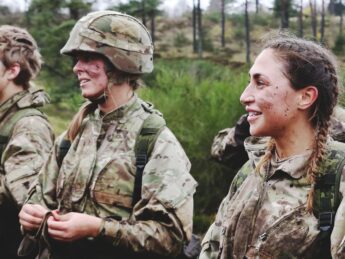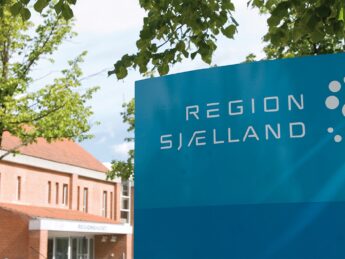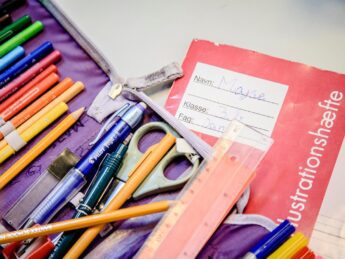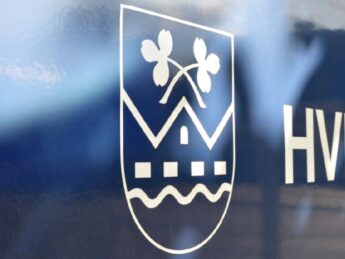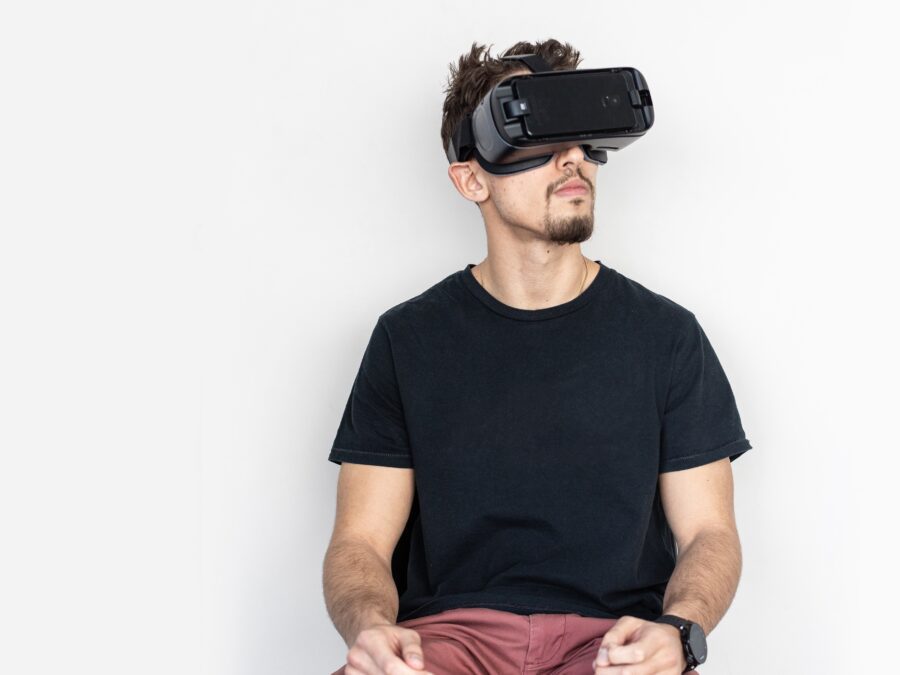
Situation
In the EU, an average of 28 percent of university students are enrolled in STEM education (Science, Technology, Engineering & Mathematics), while only 20 percent of Danish young people are enrolled in STEM education. Although trends show that more and more Danes are choosing a STEM education, there are still some children and young people who lack motivation in science and in choosing technical and science educations. The project aims to strengthen children’s and young people’s interest in natural sciences, science and technology through systematic testing of VR in the learning process.
Complication
Through this project, methods and content are developed and tested for the use of virtual reality in relation to STEM in schools and recreation facilities via a pilot project in a test municipality (the maturation and development phase). Content and methods are then spread and developed through the implementation of learning processes with VR in schools and recreation facilities in five co-operating municipalities. The project is finished by with collating the knowledge from the project so that others can learn from it.
Recommendation
Enhanced knowledge of what can motivate young people to choose a specific education – in this case being an education within Science, Technology, Engineering or Mathematics – is from a societal perspective essential to ensure enough, relevant competences and skills across the Danish work force. VR is found to be a valuable tool to awaken young people’s interest, however VR should ideally be accompanied with other targeted marketing initiatives as well as economic incentives to ensure long-term, sufficient effect.
